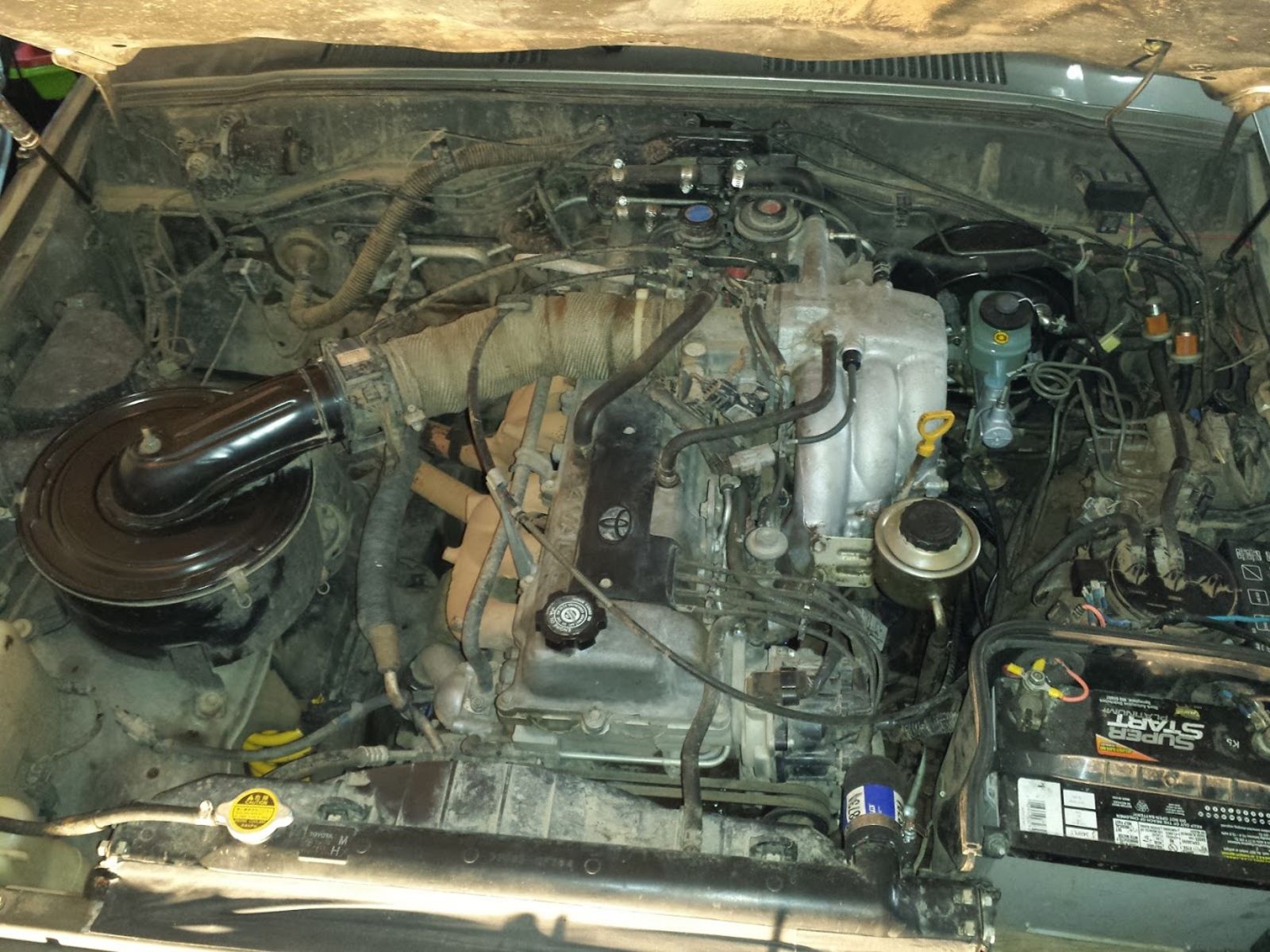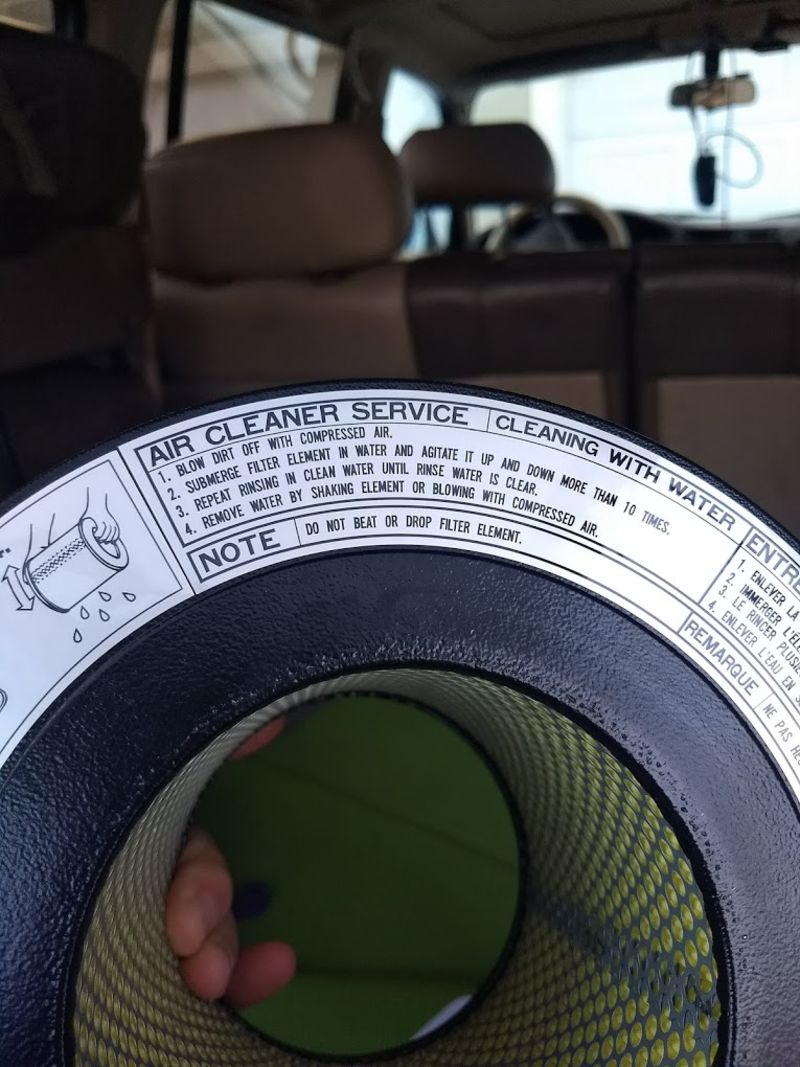I’ve said it before but its worth reiterating that the more I poke and prod around the Land Cruiser the more evidence is presented to me that:
1. Toyota knew what they were doing
2. What they were doing was building an extremely durable and servicable machine.
Today’s lesson - Air

Toyota knew that their Land Cruiser would live dusty lives working mines, traveling on remote roads and generally cruising the land. They knew an air filtration system based on a standard passenger car that, while effective at cleaning the air, would clog easily and require more maintenance wasn’t the best way, even if it was the less expensive one. So they developed this one. Its an ENORMOUS cylinder with a massive round filter. Normally a filter housing and filter this size means huge CFM but truthfully the 1FZ-FE and even the Turbo Diesel 1HD-T weren’t huge consumers of air, at least not to the level that this filter canister would imply. So why build it like this? Cause dirt is heavy.

Thanks to the ideal gas law Toyota knew that pressure and volume are related. Increase the volume, decrease the pressure, what this means in practice is that as air enters through a high engine vacuum through a limited intake port in the fender, its immediately slowed when it reaches the large volume of the canister that’s bigger than it needs to be for the volume of air passing through it into the engine. This combined with a swirl effect of it being a cylinder with a side entry means that a mass segregation effect happens. As high pressure is turned to high volume and as the air loses energy as it rotates around the housing heavier material no longer has the energy required stay suspended in the incoming air stream, it naturally falls to the bottom of the canister where pressures are lowest.
Its here, thanks to Tim, that I recently discovered the cleverness of Toyota engineering that led me to this post. Its item 17703c on the above diagram, also called the tuna can. This, much like a roach motel, is where persky thing (dirt and debris) go to die. Basically after all the heavy particles lose their energy they fall into this trap and never return, precleaning the air stream before the filter, extending its life.
So does it work?
yup.
I knew the filter system was effective since I haven’t had to change my filter more than 2 times in nearly 100k but I didn’t realize how effective and why. I thought it was just because it was a HUGE filter.
Speaking of which...what other car company has a factory air filter that tells you how to field clean it?

I guess this is why at 297,000 miles the engine still runs great!